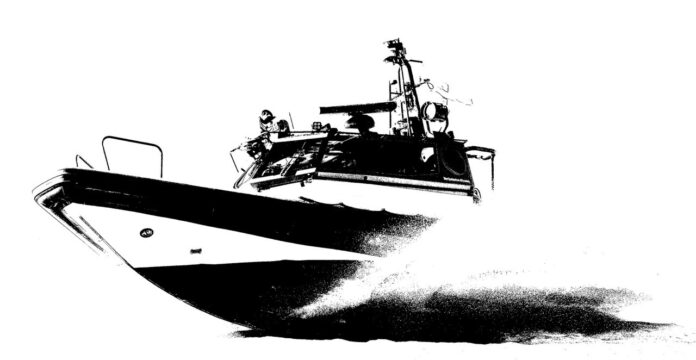Some of these definitions are stated below. 3PL involves the use of external firms to perform logistics tasks, which have traditionally been carried out within the firm. The functions performed by the third party can encompass the entire logistics process or selected activities within that process. Furthermore, the length of cooperation between the customer and the service provider should be at least one full year in order to recognize the service provider as a 3PL company. Otherwise, the service is considered as ‘arm’s length’ sourcing of transportation or warehousing.
The concept of service offering in 3PL can also include other activities such taking care of warehousing and inventory management as well as activities related to value added supply chain and information. The 3PL industry is of a substantial size and it is therefore worth studying on its own. In recent years, the academic interest and publications in the area of 3PL have increased. This can be explained by the growing interest of companies to outsource more and more of their non-core activities.
The main driving force behind the concept of 3PL are the reduction of the intensity of assets as well as the labor costs. However, this is only from the demand side or the demand perspective. In the other hand, availability of capital and the deregulation of the transportation industry seem to be the main objectives from the supplier point of view and the reduction of labor costs. The most crucial factors for outsourcing are:
• Globalization
• Willingness of firms to concentrate mainly on their competencies
• Reduction of costs
• Company restructuring
• Expanding partnership
• More efficient operations
• Service improvement
Rapid development of technology as well as globalization, have been causing an upward shift in outsourcing the logistic activities of various companies. Consequently, there has been a bigger market for the third party logistic service providers. The quality by which the 3PL companies function, can directly affect the success of the shipper in its field of business. During the past decade, the shippers have decreased the number of services purchased from the 3PL companies. Consequently, there is a higher rate of competition for these 3PL providers.
The aim of my paper is to consider various options in proving that applying a lean perspective to the operational processes of the 3PL companies can positively affect their rate of customer satisfaction, hence resulting on a better annual turnover. Based on the previous research, applying lean on retailor industries have been showing many positive results. This has been accompanied by the reduction of operation cost as well as an upward shift in the rate of customer satisfaction.
Base on the field research carried out previously, customers of the 3PL companies are facing a few major issues when it comes to the quality of the services provided by these third party logistic companies. The aim of my research is to create a toolbox for the identification of waste in the field of 3PL.
I believe that the identification of waste can directly be linked into improving the quality of various operations for the 3PL companies. The toolbox consists of a root cause analysis aiming at waste identification. Some of the previously mentioned major issues faced by the customers are lack of knowledge of IT systems and lack of clear task division as well as a clear routine.
The main objective of my research has been to identify and solve the above-mentioned issues. I believe that addressing these major issues will directly increase the customer satisfaction. But in order to be able to improve the process of 3PL one must always ask: What kind of quality issues exist in 3PL? What methods should we use for a better identification of internal processes inefficiencies in 3PL? How to identify these inefficiencies in practice? and last but not least What incentives and barriers the retailers are involved with when outsourcing 3PL activities?
Daniel Sahebi
Doctoral student
Industrial Management



